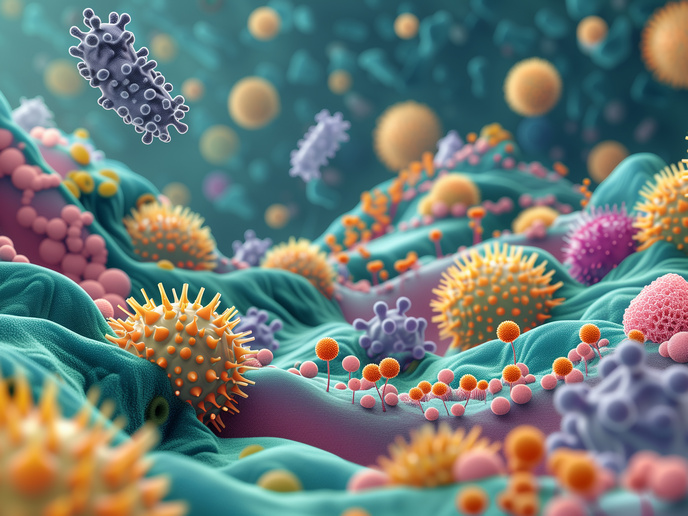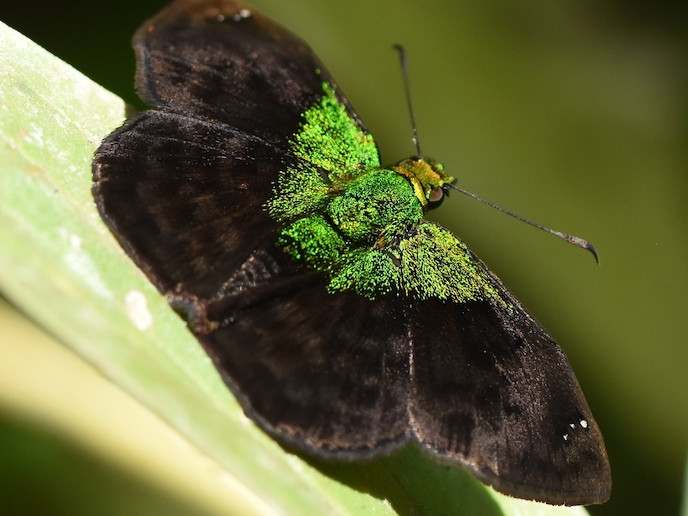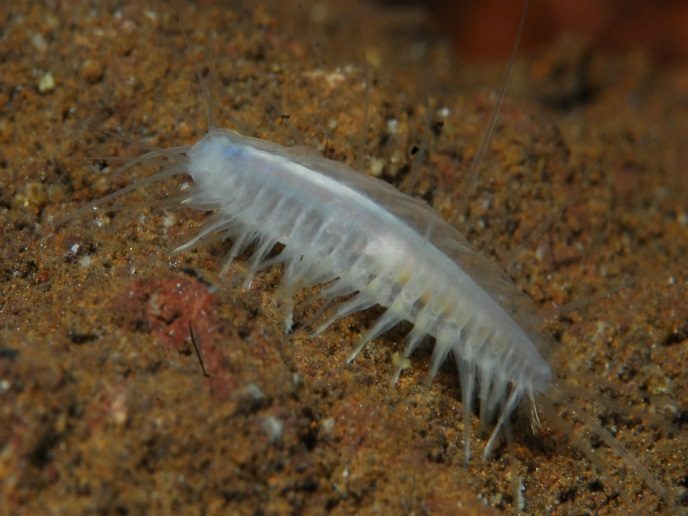Initial steps in a microbial/host symbiosis revealed
Protective symbiotic microbes are now known to be widespread components of plant, animal and human microbiota. For example, in flies, the inherited bacteria produce toxins which reduce parasite fecundity. In cocoa trees, protective microbes reduce the impact of leaf fungal pathogens. They are also used in humans to treat infectious diseases, forming the basis of faecal transplants, in which microbes from the faeces of healthy individuals are transplanted into the guts of patients. Because microbes can evolve quite quickly, there is potential for symbiotic microbes that defend longer-lived hosts, for example, mammals and trees, to evolve and counter infection faster than hosts themselves. “We tested whether microbes might ‘take over’ the co-evolutionary race with pathogens,” says Kayla King(opens in new window), professor of Evolutionary Ecology at the University of Oxford(opens in new window), and coordinator of the COEVOPRO project, which was supported by the European Research Council(opens in new window) (ERC). “I have shown(opens in new window) that microbes can evolve within days to protect, providing the possibility that microbe-mediated defences can take over from hosts in fighting with pathogens over evolutionary time,” adds King. In this way, defensive symbionts might be more effective than host immune systems. The project also tested how this process might operate when the defensive symbionts were among many within a complex host microbiota, asking whether these protective effects would be diminished.
Novel nematode-microbe interaction to work out how symbiotic relationships start
To explore how protective symbiosis evolved from scratch, the team considered nematodes and microbes. Until now, when considering protective symbioses, research has made conclusions based on established examples. This does not address how such symbiosis arises. As nematode worms and the microbes used by the projects are not found together in nature, the project decided on those as their subjects – the species interacted in the lab, for the first time.
How does symbiotic bacteria protection evolve?
COEVOPRO studied the evolution of the host and the symbiotic bacteria by passaging the ‘successful’ variants, the hosts who survived infection, and the symbiotic bacteria who colonised those surviving hosts. “Experimental evolution is a well-established method permitting a controlled analysis of what’s affecting the speed and pattern of species interactions,” notes King. The team found that defensive microbes can shape how hosts and pathogens engage back and forth across generations. They identified that a host trait called ‘tolerance’ evolves, whereby hosts cope with pathogenic infection rather than clear it, because defensive microbes reduce the virulent impacts of infection. “We then found that to successfully infect, pathogens reciprocally evolved to counter microbial protection, rather than host-based defences. These outcomes tell us that defensive microbes were the major factor shaping host and pathogen evolution,” a finding King set out in a paper(opens in new window) published in the journal ‘Current Biology’. The protection has costs and benefits – it’s a trade-off: “We discovered that protection and costs from symbionts is just a numbers game. We found(opens in new window) that more protective microbe cells within a worm host can confer a greater degree of protection from pathogens, but also more cost in terms of host health.” King is clear that ERC support made all the difference to her project. “It was an honour to receive an ERC Starting Grant. It gave me the opportunity to work with brilliant colleagues and understand more about microbes that protect. The implications of these defences against infectious disease are numerous and exciting,” she says.







